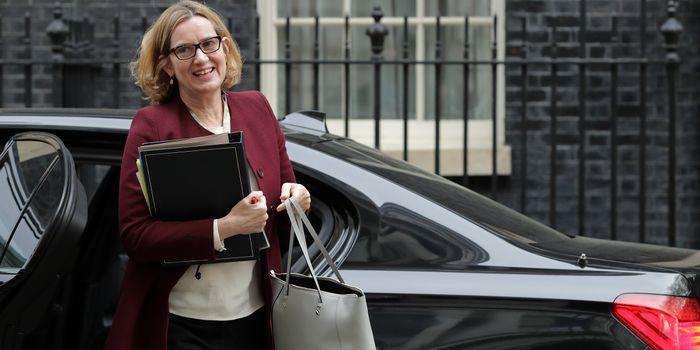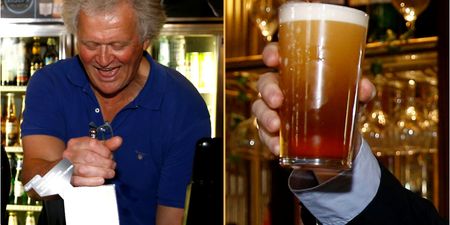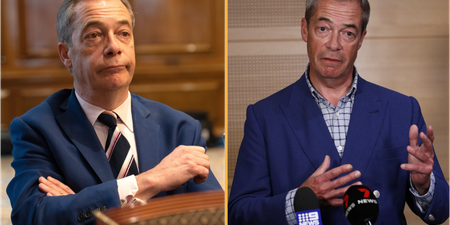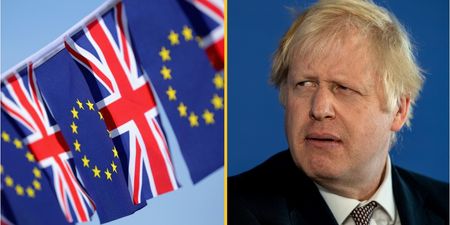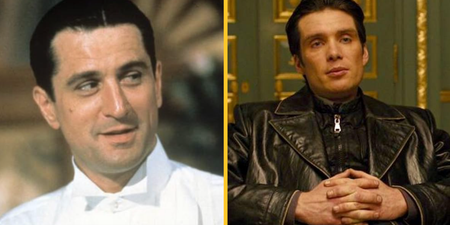What’s 83 illegal deportations of British citizens anyway?
Amber Rudd is back in the cabinet. Prime Minister Theresa May appointed the former home secretary on Friday as the new secretary of state for work and pensions, replacing the departure of Esther McVey, following her resignation on Thursday.
It’s a quick return to the front bench for Rudd, resigning herself in April over the Windrush scandal.
But the Prime Minister is short on friends at the moment, as members of her own party send letters of no confidence to the body responsible for triggering a leadership contest.

So she’s bought back Amber Rudd, who will be so grateful for the helping hand it’s unlikely she will do anything other than tow the line for Theresa May’s draft Brexit agreement.
As opponents of that agreement seek to oust May from her position as Prime Minister, they will need 15 per cent of their party’s MPs to write a letter to the chairman of the party’s 1922 committee. There are 315 Tory MPs, so that means 48 letters.
So far, 22 MPs have officially declared they have sent a letter.
Should a confidence vote be called, all serving MPs for the Conservative Party will be able to cast a vote either for or against May.
If she wins the ballot then she will remain in charge of the party and the country and another contest cannot be triggered for the next 12 months.
If May loses the vote, then the chairman, Graham Brady, will invite nominations for the role. Candidates for leadership must be nominated by two Conservative MPs. In this instance, May would be barred from participating as a candidate.
MPs will vote on a list of candidates in secret. The vote repeats in quick succession – every Tuesday and Thursday. Each time the politician with the lowest number of votes is removed until just two candidates remain.
From there, people who have been members of the Conservative Party for more than three months receive a postal vote to choose a leader out of the two.
